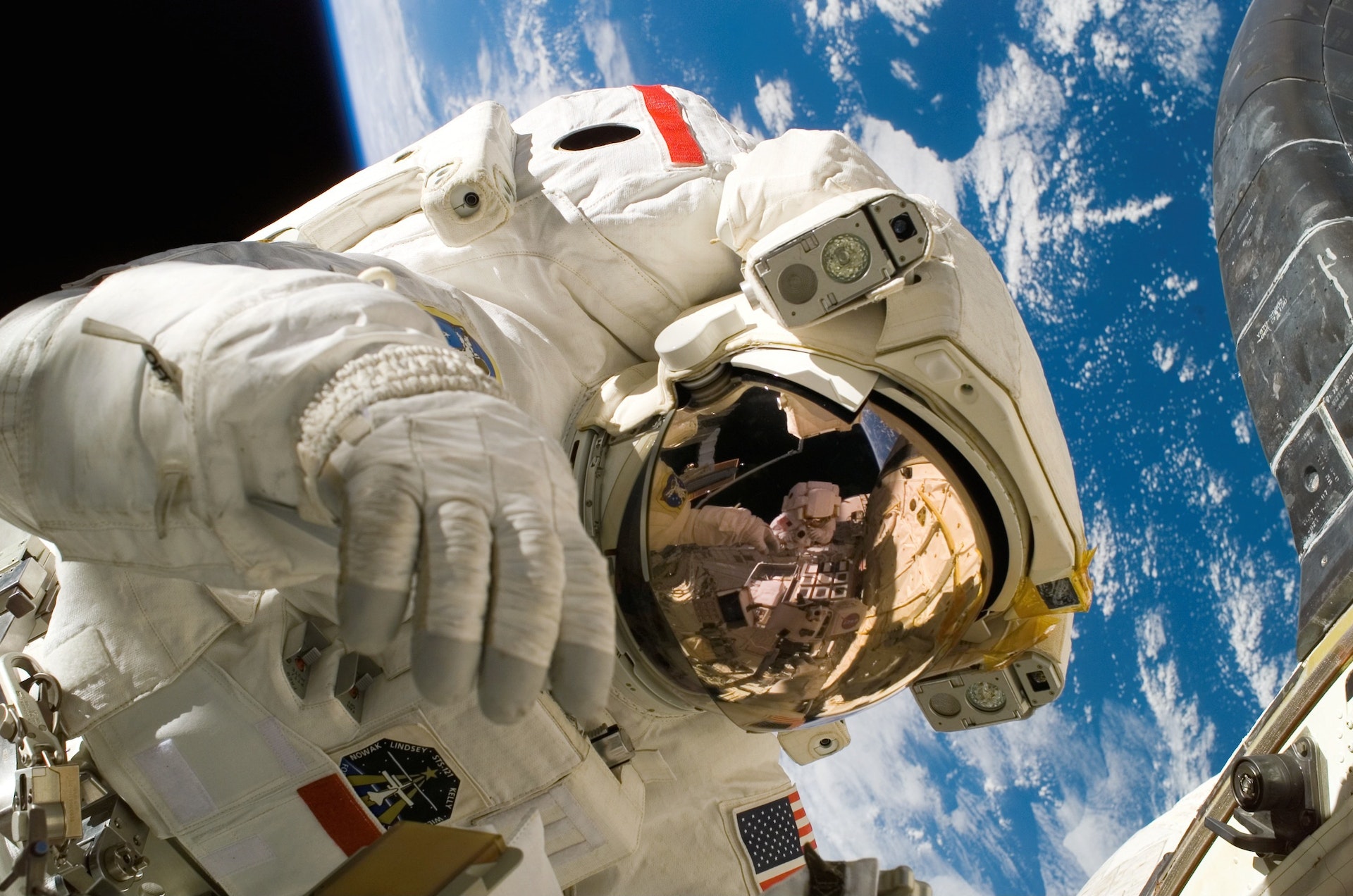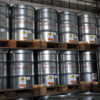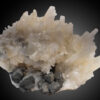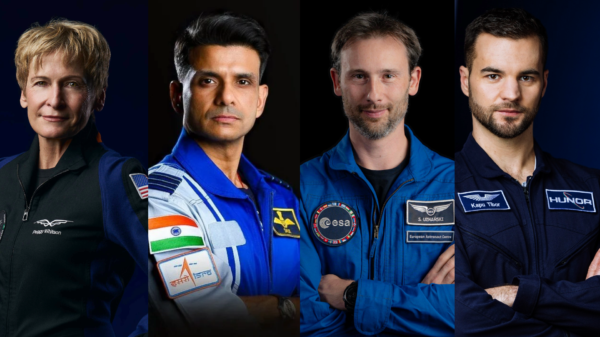Canada’s nuclear division Canadian Nuclear Laboratories (CNL) will integrate its advanced materials and technologies to astronauts after it signed a partnership with the Canadian Space Agency.
The firm announced the deal on Wednesday, propelling astronaut safety to another level by protecting from cosmic radiation, which is a common concern in the field.
CNL has been researching nanocomposite materials in radiation environments in partnership with the National Research Council of Canada. The project is backed by CSA’s Space Technology Development Program (STDP) with a $1 million budget.
Through the STDP initiative, they are seeking innovative methods to improve the properties of these nanomaterials, rendering them appropriate for use in space applications.
CNL is also investigating the use of nanotubes, which are lightweight and therefore meet the mass requirements for space expeditions. They also incorporate strategic elements and designs aimed at reducing the effects of galactic cosmic radiation (GCR) and solar particle events (SPE).
Both GCR and SPE are among the primary sources of radiation in space, along with secondary radiation caused by the interaction of these radiation sources with spacecraft materials, like neutrons and gamma-rays.
These new materials are expected to have unique electromagnetic properties, potentially providing protection for the electronic equipment onboard the spacecraft. As part of the project, CNL will conduct modelling to optimize these nanomaterials for their shielding capabilities.
This will be followed by rigorous testing of their properties both before and after exposure to radiation.
The Chalk River-based nuclear science and technology organization stated that radiation protection for astronauts has long been a crucial challenge in space exploration, with cosmic radiation posing serious health risks, including cancer and damage to the central nervous system.
The initiative is expected to strengthen Canada’s position in the global space industry and could potentially influence international safety protocols for space exploration. Furthermore, if the development and implementation of these advanced radiation-shielding materials and technologies prove successful, it could introduce a new approach to space travel, offering enhanced safety measures for astronauts and potentially facilitating further human exploration of space.
The proposed solutions will undergo rigorous testing and verification processes, both on Earth and potentially in space, to ensure efficiency and reliability.
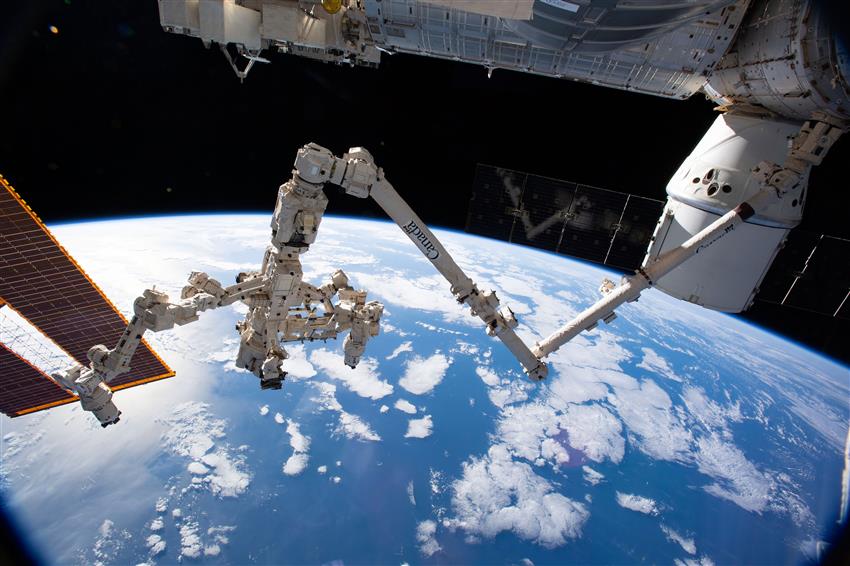
Photo of Canadarm2 and Dextre, taken by CSA astronaut David Saint-Jacques during his mission on the International Space Station. Image from the Canada Space Agency.
Read more: Westinghouse releases AP300 small modular nuclear reactor
Read more: The Mugglehead technology roundup: the future is nuclear
Program could enable further space exploration
According to the CSA, the project corresponds with their goal of prioritizing the safety of Canadian astronauts.
“This project is an exciting opportunity to leverage CNL’s world-class nuclear capabilities to address a critical challenge in space exploration,” said Isabelle Tremblay, director of astronauts, life sciences and space medicine at the CSA.
“The safety of our astronauts is paramount, and this collaboration represents a significant step towards enhancing their protection.”
In addition to numerous other projects, Canada is currently working on an autonomous robotic system known as Canadarm3. This technology is set to be deployed for maintaining NASA’s Lunar Gateway, a space station situated in lunar orbit.
It has been confirmed that Canadian Space Agency astronaut Jeremy Hansen is among the crew of four who are scheduled to undertake a lunar mission next year. This mission is part of the ambitious Artemis program, an international endeavour led by NASA, with the objective of pushing the boundaries of human space exploration, including potential missions to Mars.
This surge in interest and momentum within the space exploration sector bodes well for Canadian Nuclear Laboratories (CNL), whose research is increasingly aligned with and supportive of space travel.
.

